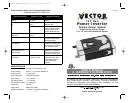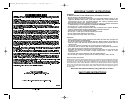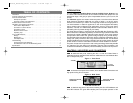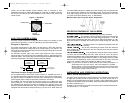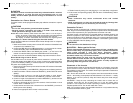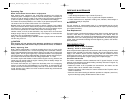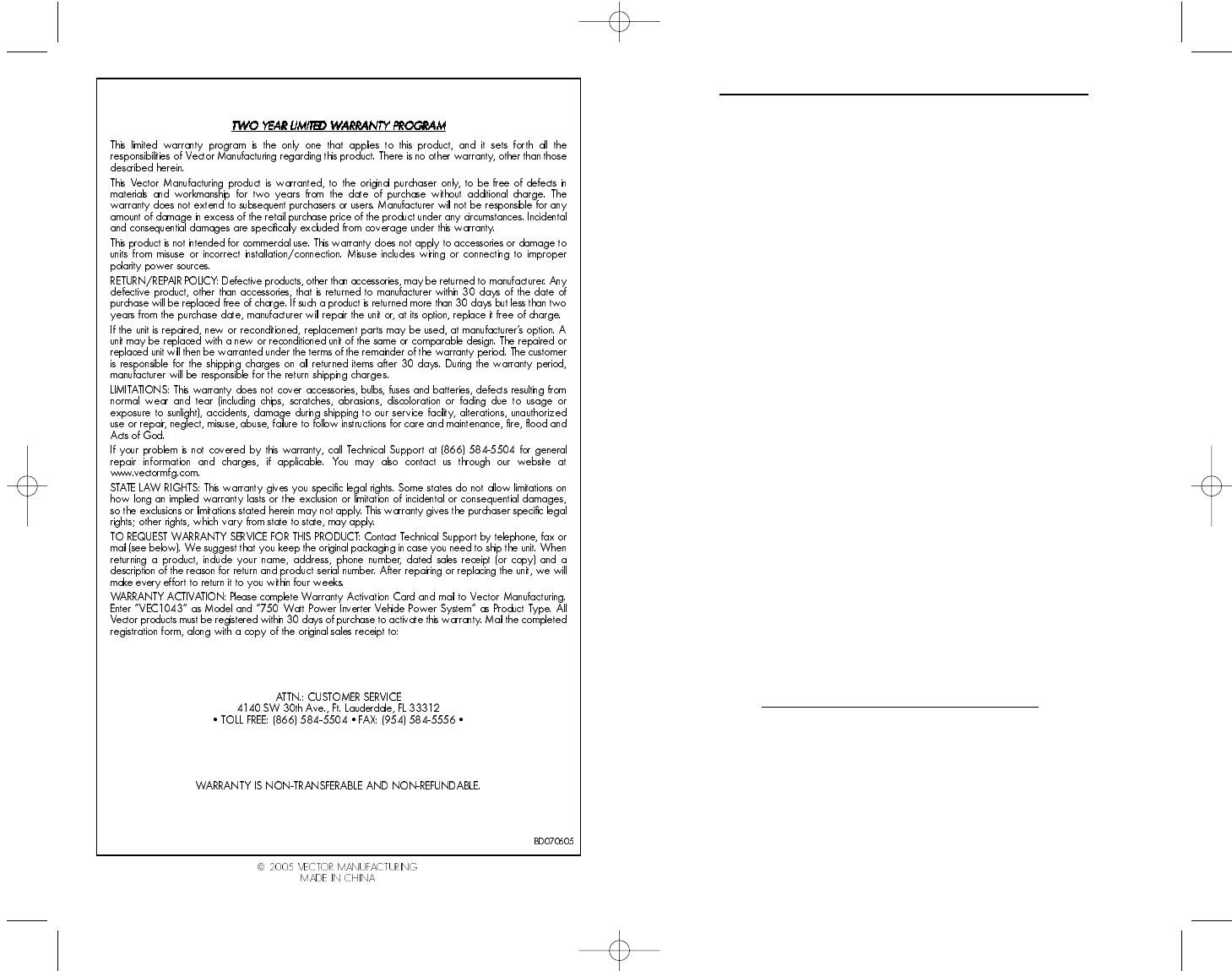
ii iii
IMPORTANT SAFETY INSTRUCTIONS
WARNINGS
TO REDUCE THE RISK OF FIRE, ELECTRIC SHOCK, EXPLOSION OR INJURY:
• Do not connect to AC distribution wiring.
• Remove appliance plug from outlet strip or turn off inverter before working on the
appliance. Multiple outlet power strips with switches and circuit breakers only
interrupt power to the “hot” receptacle terminals. The “neutral” terminals remain
powered with respect to the “ground” terminals.
• NOT approved for ignition protected areas. Do not make any electrical connections
or disconnections in areas designated as IGNITION PROTECTED.
• This is not a toy — keep away from children.
• This equipment employs components that tend to produce arcs or sparks. DO NOT
install in compartments containing batteries or flammable materials.
• Use this unit in properly ventilated areas ONLY.
• Do not open — there are no user-serviceable parts inside.
• Do not insert foreign objects into the outlet.
• Do not expose the unit to water, rain or snow.
CAUTIONS
• Always inspect battery supply connections and cables to ensure they are tight and
that cable insulation is not damaged.
• Do not use with positive ground electrical systems*. Reverse polarity connection will
result in a blown fuse and may cause permanent damage to the inverter and will
void warranty.
*The majority of modern automobiles, RVs, trucks and boats are negative ground.
• This inverter will not operate high wattage appliances or equipment that produces
heat, such as hair dryers, microwave ovens and toasters.
• Grounding the Neutral will cause the inverter to shut down. Do not operate this
inverter if it is wet. Do not install in engine compartment — install in a well
ventilated area.
• This inverter has not been tested for use with medical devices.
• Do not attempt to install or operate this unit while operating a motor vehicle.
Important Cable Information
Substantial power loss and reduced battery operating time results from inverters installed with cables that
are not able to supply full power. Symptoms of low battery power can result from cables that are either
excessively long or an insufficient gauge. Marine installations are also subjected to vibration and stresses
that exceed those of other mobile installations. Therefore, the installer/operator should be especially
aware of the requirements to maintain secure, tight, water-resistant electrical connections and to provide
for strain relief for DC cables and appliance wiring. Cable insulation must be the appropriate type for
the environment.
Read This User’s Manual Before Using This Power Inverter.
SAVE THESE INSTRUCTIONS
VEC1043_ManualEN_091505 1/17/06 5:49 PM Page ii



